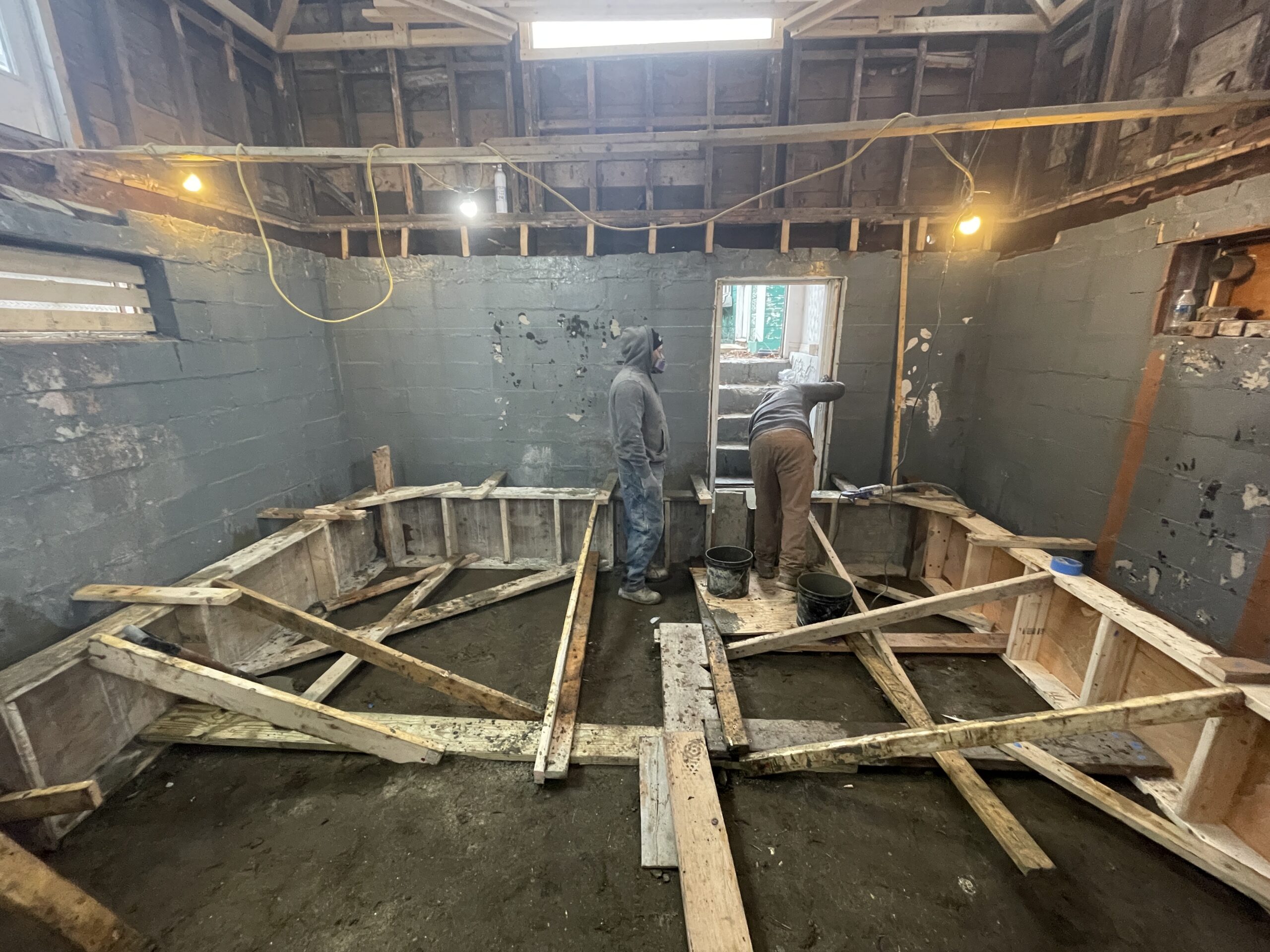Have you ever been annoyed at the lack of room in your basement or crawl space? Maybe you’ve always wanted a basement, but your home doesn’t have one. You can dig out a basement as a means to increase the living space and even add property value to your home. It’s a big undertaking, but it’s often well worth it in homes that are the right fit. While digging out a basement can be a great way to expand and improve, it’s not always the best solution for every home out there. There are some key considerations that will help you determine whether or not it may be the right fit for your home.
In this guide, we will discuss how to assess and determine whether or not this type of renovation will be a good fit. We will share some factors to consider, potential obstacles, and the details you should know before you pursue digging out a basement. Check out more below!
Factors to Consider Before Digging Out a Basement
Choosing to dig out a basement is a big decision. There are a lot of details to consider, and it’s a process that will take quite a bit of time once it starts. It is always crucial to work with a professional to determine whether your home would be a good candidate and what might be required to make it happen.
But before you call in the pros, there are some basic things you can do to determine if creating a basement in your home is a good fit or not. Some of the factors that you should consider are:
- The height of your existing foundation.
- The condition of your existing foundation.
- The types of soil and bedrock beneath the foundation.
- The presence of utilities or other obstacles directly underneath the home.
- The cost and feasibility of the project.
You should review all of these factors before deciding to move forward.
Inspecting the Existing Foundation
Some of the factors to consider include your current foundation and any obstacles that might exist there. This means you’re going to start with inspecting the foundation to see what you’re facing. You can bring in a professional for an assessment, but there are also some things you can do on your own. As you inspect the foundation, you’ll want to look for warning signs, gain an accurate understanding of the foundation height, and consider the condition your foundation is in. There will be a few steps to follow for this inspection.
Start by measuring the height of your foundation walls. Record these measurements. Consider how tall you want your basement dig out to be. What size basement are you going for? Do some calculations to figure out how much digging may be required. While you are measuring, look for any signs of damage or instability to the foundation. This includes checking for cracks and leaks along the foundation. If you do have cracks or other visible signs of damage, these will have to be addressed.
Finally, assessing the strength and thickness of the current foundation walls is essential. We don’t expect you to know these details, but a professional should be able to assess them.
Testing the Soil and Bedrock
The soil and bedrock beneath and around your foundation are critical to determining whether creating a basement is possible. These factors are relevant because they impact the stability of the location and whether or not the materials are suitable for the excavation required to dig out a basement.
You will want a professional involved during this step, but you can test the soil on your own as well. The best way to test the soil is to conduct soil borings and tests that will return results on composition of the soil as well as bearing capacity.
These tests also assess the depth and hardness of bedrock for stability and excavation purposes. A geotechnical engineer can analyze any results of testing and provide helpful information on which excavation methods will be best.
Identifying and Addressing Obstacles
Identifying and addressing obstacles is important for planning purposes and for truly understanding the costs. Unexpected obstacles can lead to much higher costs and may cause roadblocks along the way.
These are some of the most common obstacles that you need to plan for and address prior to excavation:
- Utility lines, pipes, and cables.
- Trees, shrubs, and other landscaping features.
- Nearby structures or property boundaries.
- Permitting and zoning requirements.
Knowing these details is vital to preparation and the excavation process.
Work with Drycrete for Basement Digout Options
If you’re wanting to dig out a basement, start by working through the steps to determine whether it’s a good fit for your needs. Drycrete Waterproofing can help assess your situation. We have extensive experience with basement dig outs and can work with you from start to finish. Your expanded basement space awaits!
Request a free quote to get started on your project ideas.

